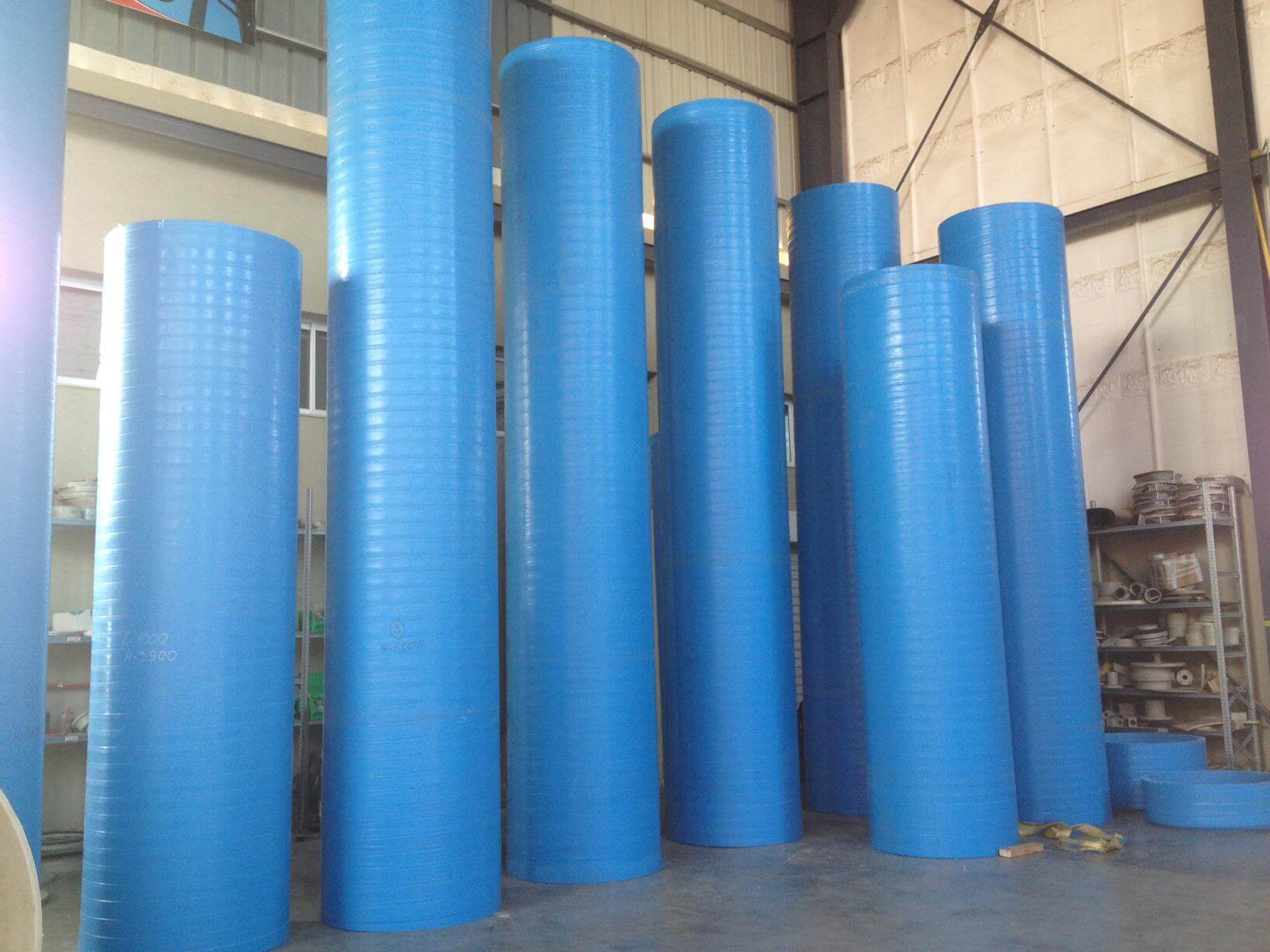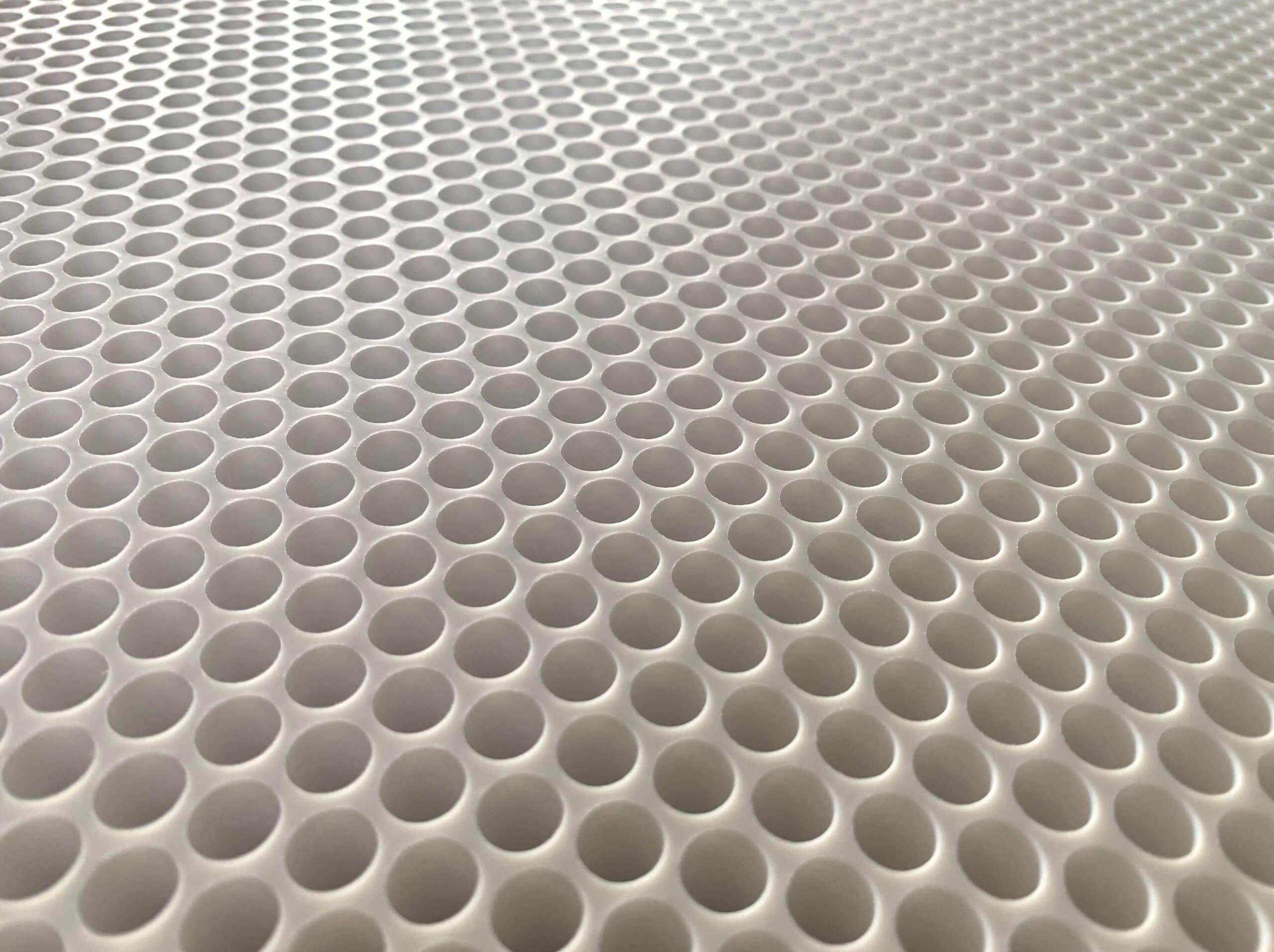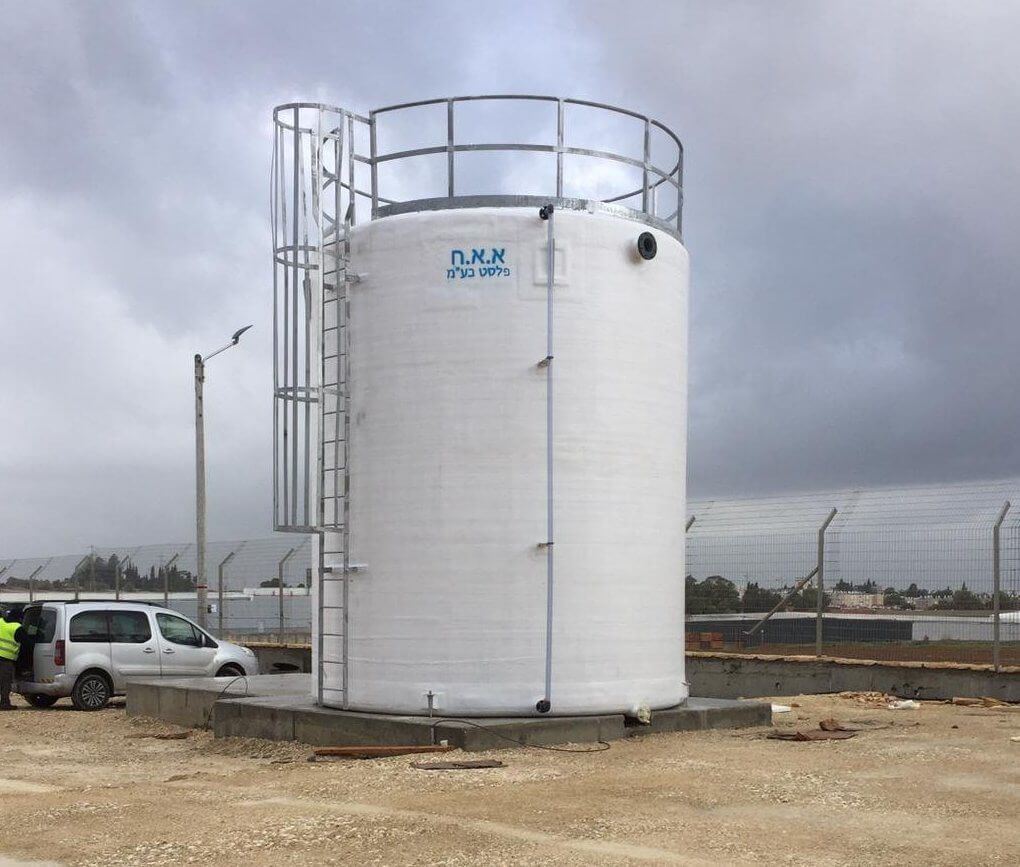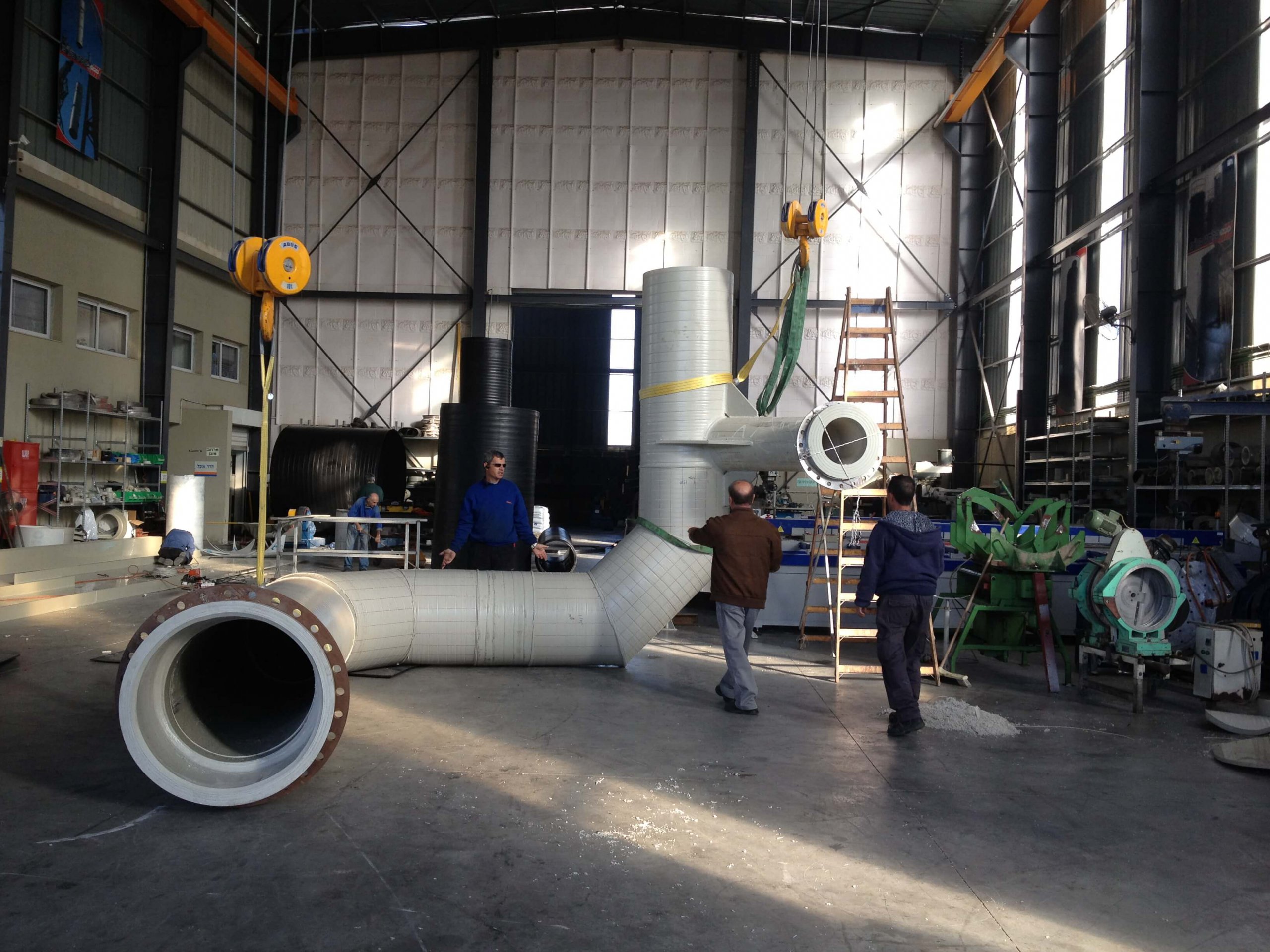Large diameter plastic pipes are integral to drainage and sewage systems, offering extensive utility across diverse applications. Their versatility and wide range of types cater to specific needs, primarily in conveying and transporting wastewater. Let’s delve into the usage, materials, and advantages of these essential components.
Who utilizes Large Diameter Plastic Pipes?
High-quality plastic pipes are indispensable in numerous industries, with a primary focus on drainage and sewage systems. However, their usage extends beyond these sectors. Companies across biology, chemistry, pharmaceuticals, defense, food, and agriculture sectors rely on industrial-grade plastic pipes for various applications.
Why opt for Large Diameter Plastic Pipes?
Primarily, large diameter plastic pipes are developed for efficient underground wastewater conveyance in both domestic and industrial settings. These pipes offer several performance advantages, including efficient liquid transportation, high resistance to mechanical and chemical damage, rigidity, stability, impermeability, low coefficient of expansion, and high elasticity modulus. Their smooth interior facilitates strong flow, while their robust construction ensures transportation and storage with minimal risk of fractures. Furthermore, they exhibit impressive natural strength and compatibility with diverse soil types.
Materials: Polypropylene and Polyethylene
Manufacturers predominantly utilize polypropylene and polyethylene to create large diameter plastic pipes. These materials are corrosion-resistant and offer durability against environmental factors. High-density polyethylene piping, in particular, exhibits exceptional resistance to weight, temperature, and pressure variations, making it a cost-effective choice for various applications. Polypropylene pipes are commonly used for water and sewage transportation due to their suitability for liquid conveyance and receptacle connection.
The Advantages of Plastic
Plastic’s widespread adoption in pipe production is attributed to its numerous benefits. Compared to metal and concrete alternatives, plastic is notably lightweight and highly durable. It is also cost-effective and, thanks to its availability as a byproduct of the oil industry, is easily accessible. Furthermore, its flexibility allows it to adapt to diverse applications.
In conclusion, large diameter plastic pipes play a vital role across industries, offering durability, versatility, and cost-effectiveness. Whether in drainage systems or industrial applications, these pipes are indispensable components facilitating efficient liquid transportation and contributing to the seamless operation of various processes.




